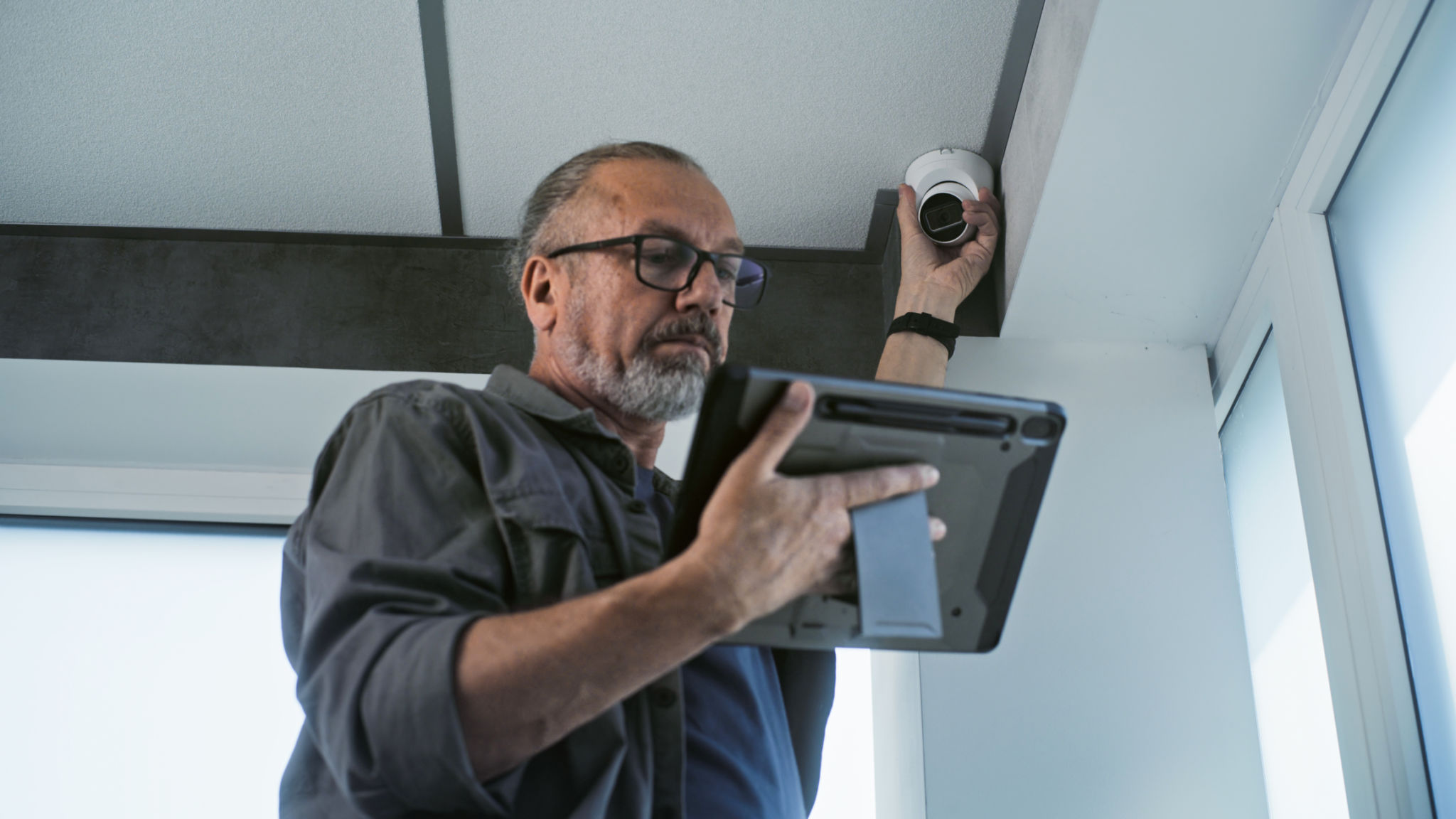Expert Tips on Maximizing CCTV Coverage in Urban Areas
Understanding the Importance of Comprehensive CCTV Coverage
In today's rapidly growing urban environments, ensuring safety and security is a top priority. One of the most effective tools for enhancing urban security is the strategic deployment of CCTV systems. These systems not only deter criminal activities but also aid law enforcement agencies in solving crimes. However, to maximize their effectiveness, it's crucial to ensure comprehensive coverage.
CCTV systems should be positioned to cover a wide area without leaving blind spots. This requires careful planning and consideration of various environmental factors. By understanding these elements, urban planners and security professionals can enhance the overall security landscape.

Strategically Positioning Cameras for Optimal Coverage
The first step in maximizing CCTV coverage is identifying critical areas that require monitoring. These typically include entry and exit points, public spaces, and areas with high foot traffic. Positioning cameras at elevated locations can help cover larger areas and reduce the number of cameras needed.
Furthermore, it's essential to consider the type of camera being used. For instance, pan-tilt-zoom (PTZ) cameras offer flexibility and can cover a wide area with fewer installations. However, fixed cameras might be more suitable for monitoring specific points continuously.
Addressing Environmental Challenges
Urban areas present unique challenges for CCTV coverage, including varying light conditions and obstructions like buildings and trees. To overcome these, it's vital to select cameras equipped with low-light capabilities and high-resolution lenses. These features ensure clear footage even in challenging environments.

Additionally, using weather-resistant cameras is crucial for maintaining functionality in outdoor settings. Regular maintenance checks are also recommended to ensure cameras are free from obstructions such as dirt or foliage.
Leveraging Technology for Enhanced Surveillance
Advancements in technology have significantly improved the capabilities of CCTV systems. Integration with artificial intelligence (AI) allows for real-time analysis and alerts, enabling quicker responses to potential threats. AI can identify unusual patterns or behaviors, providing valuable insights that might otherwise be missed.
Moreover, networked cameras can store footage on cloud-based platforms, offering scalability and easy access for authorized personnel from any location. This ensures that valuable footage is not lost due to hardware failures or other technical issues.

Ensuring Privacy and Compliance
While maximizing CCTV coverage is important, it's equally essential to respect privacy laws and regulations. Urban areas must comply with legal standards regarding surveillance to ensure public trust and cooperation. Transparency about camera placements and data usage policies can help mitigate privacy concerns.
Regular audits and assessments of the CCTV system can also ensure compliance with evolving legal standards. By balancing surveillance needs with privacy considerations, urban areas can create safer environments without infringing on individual rights.
Continuous Improvement and Community Engagement
Finally, maximizing CCTV coverage is an ongoing process that requires continuous evaluation and improvement. Engaging with the community can provide valuable feedback on areas needing enhanced surveillance or adjustments in camera placements.
By fostering a collaborative approach between security professionals, urban planners, and community members, cities can develop more effective surveillance strategies tailored to their unique needs.

In conclusion, maximizing CCTV coverage in urban areas involves a combination of strategic planning, technological integration, and community engagement. By considering these expert tips, urban environments can significantly enhance their security infrastructure, ensuring a safer environment for all residents.
